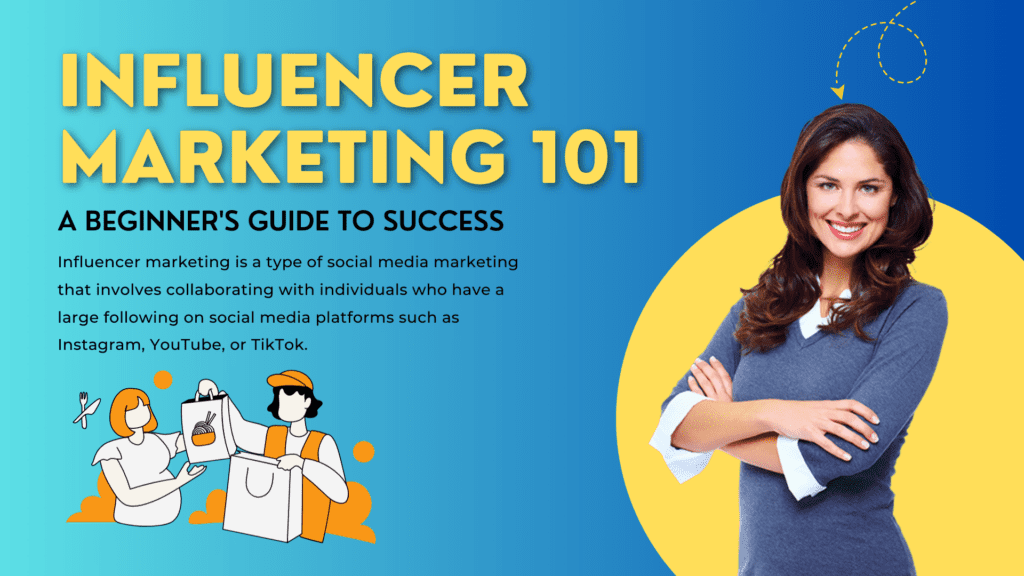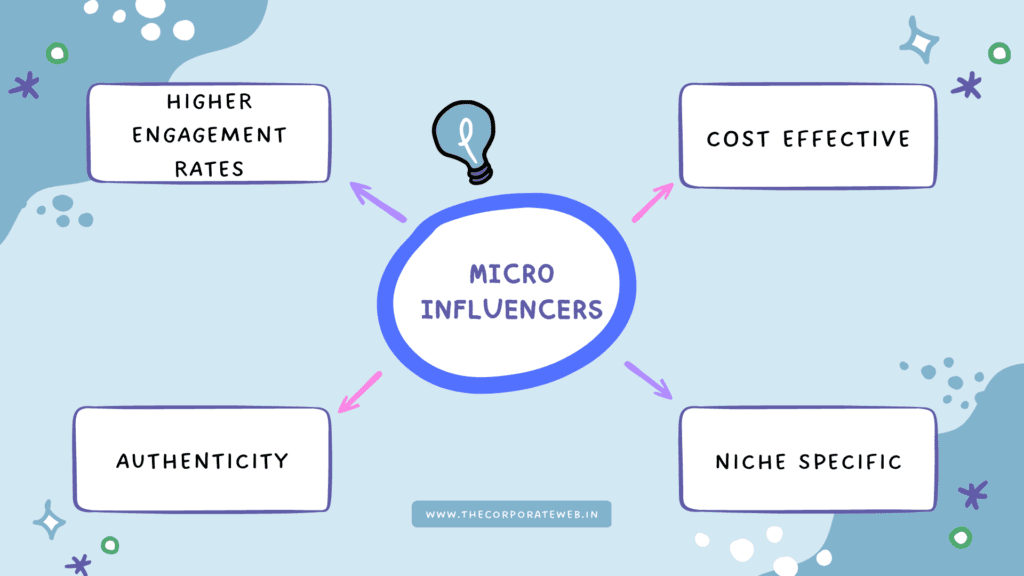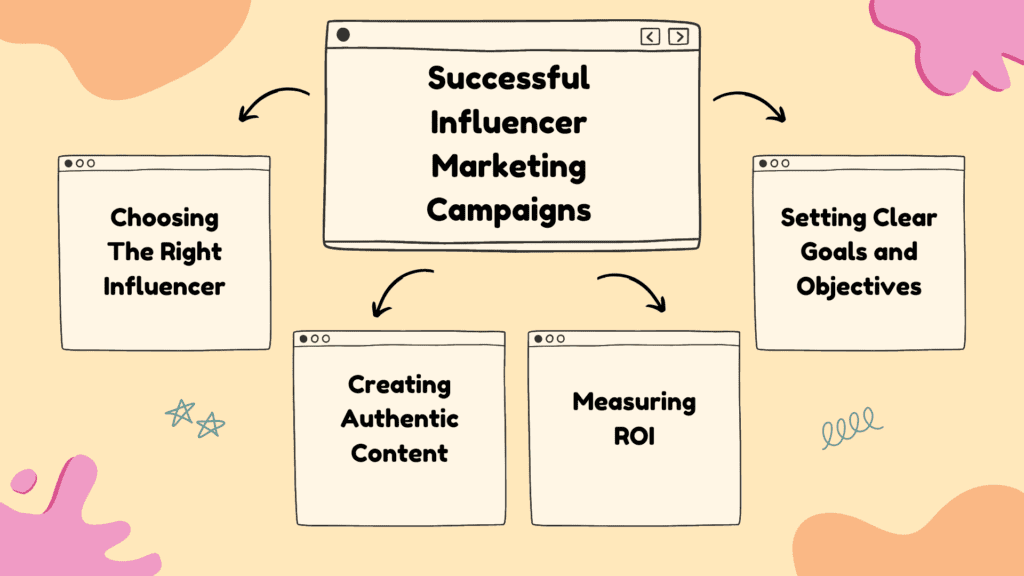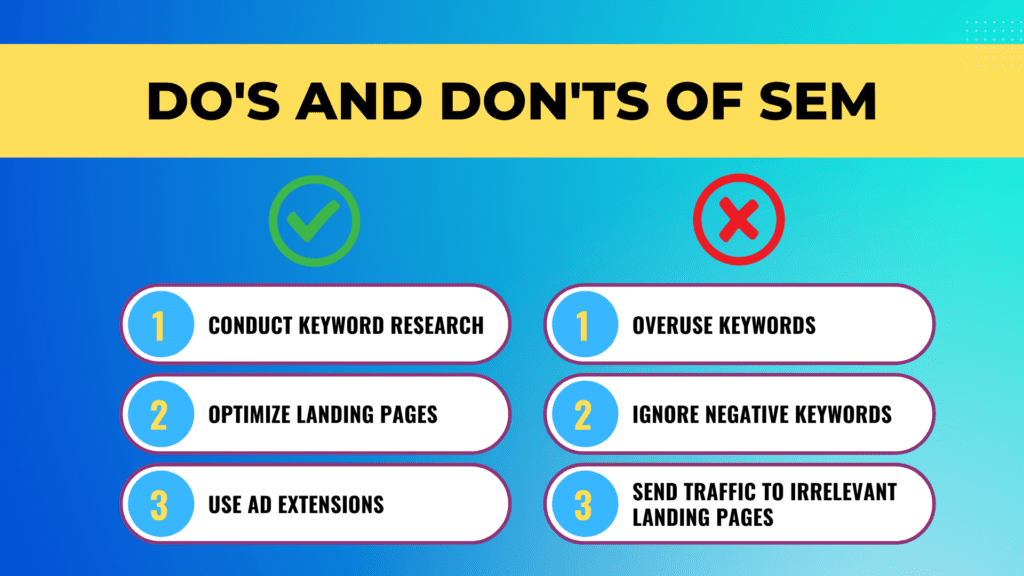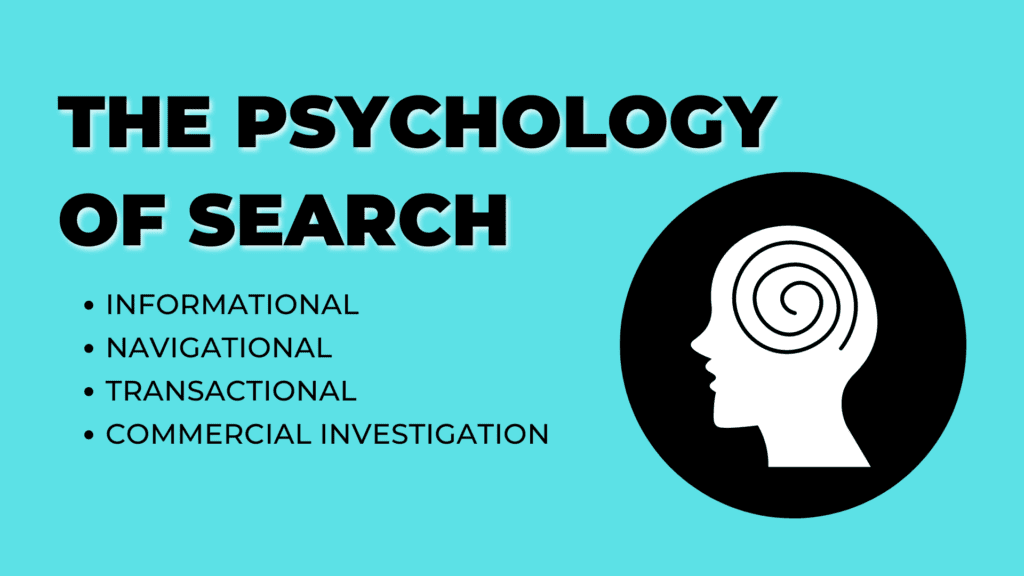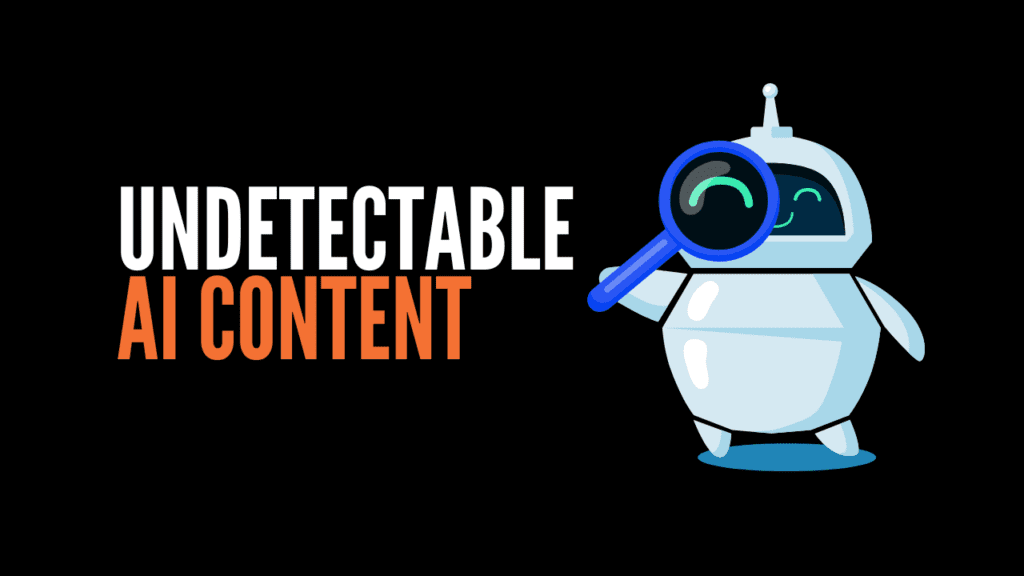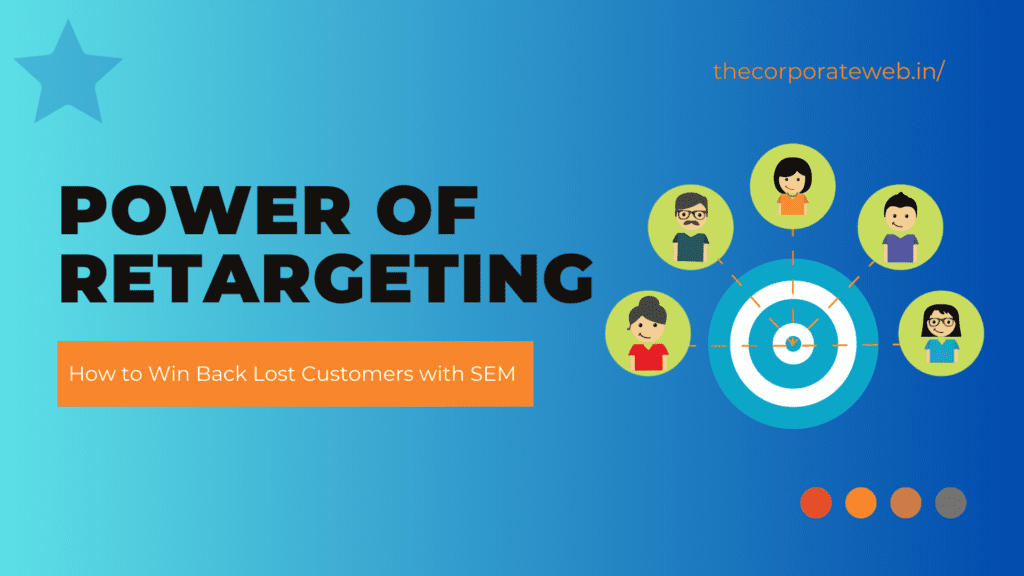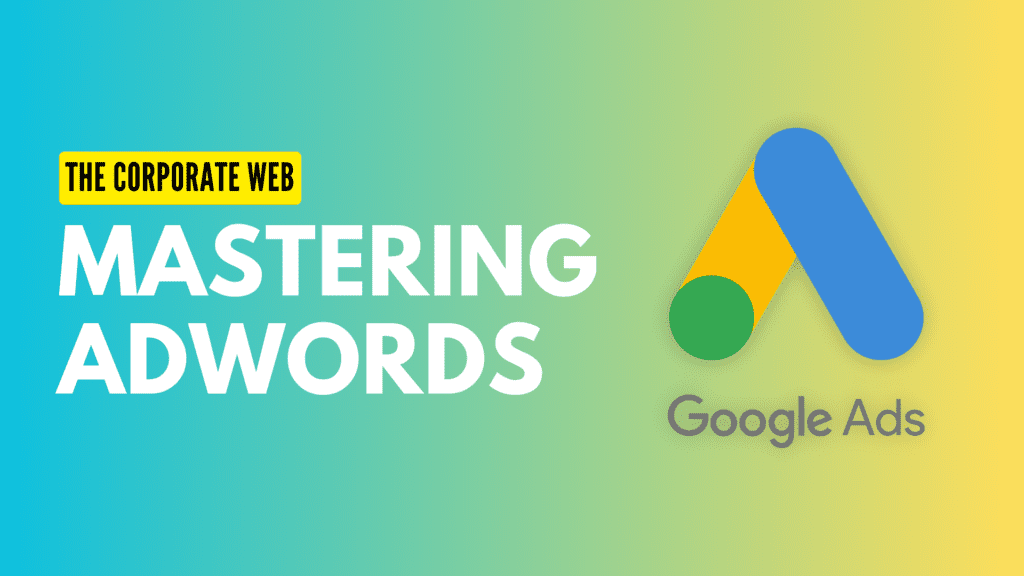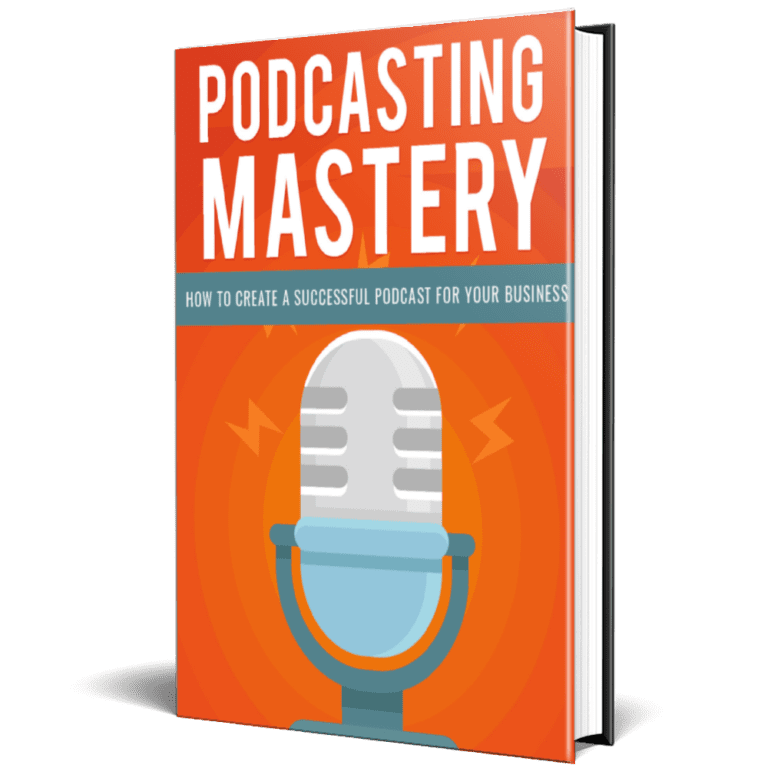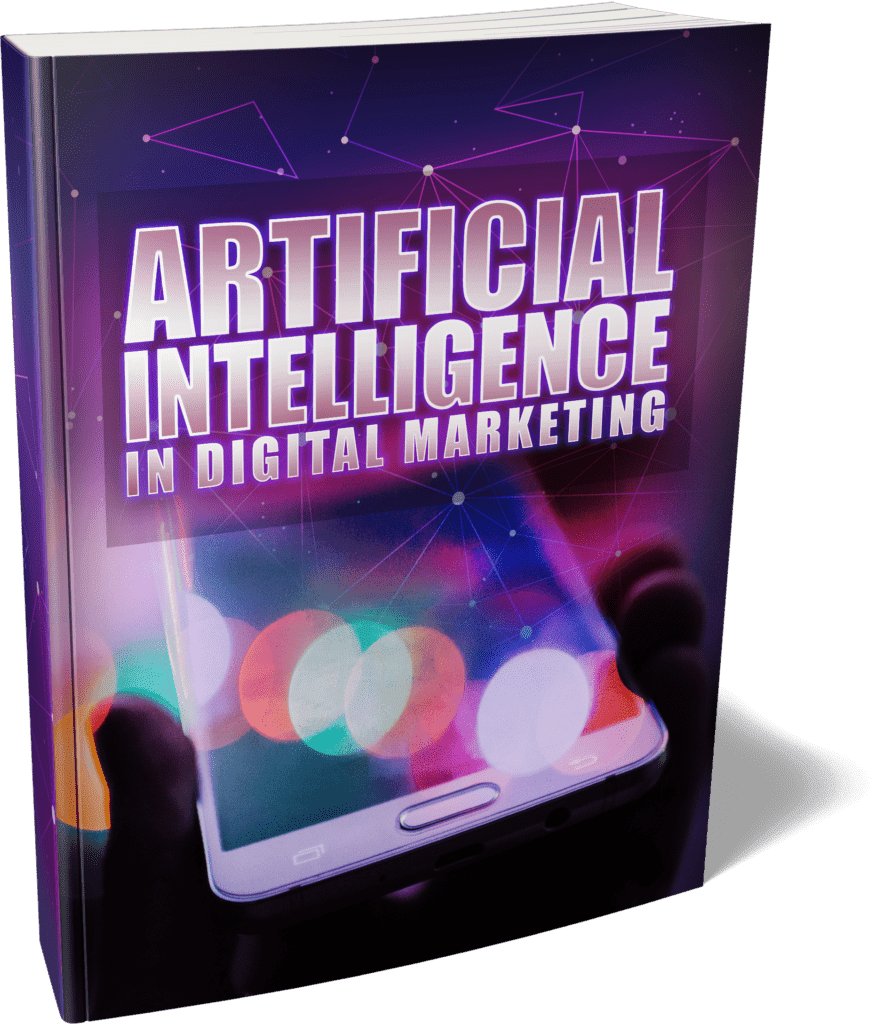Email marketing is an essential aspect of any business. It’s a powerful way to communicate with customers, share information, and promote products and services. However, with the rise of spam emails and people’s increasing willingness to opt out of marketing emails, it’s becoming more challenging to engage with customers through email.
One way to address this challenge is through personalization. Personalization is the process of tailoring your marketing messages and communication to individual customers based on their preferences, interests, and behaviors. Personalization can have significant benefits for your business, including increased engagement, improved conversions, and higher customer satisfaction.
In this blog post, we will discuss the benefits of personalization in email marketing and how to do it right.
Benefits of Personalization in Email Marketing

1. Increased Engagement
Personalization is one of the most effective ways to increase engagement with your customers. When customers receive an email that’s tailored to their interests and needs, they’re more likely to open up and engage with it. This is because personalized emails feel more relevant and valuable to the customer, making them more likely to take action, such as clicking on a link or making a purchase.
A study by Experian found that personalized emails have an open rate that is 29% higher than non-personalized emails. Similarly, a study by Epsilon found that personalized emails have a click-through rate that is 41% higher than non-personalized emails.
2. Improved Conversions
Personalization can also lead to improved conversions, which means that customers are more likely to take the desired action, such as making a purchase, after receiving a personalized email. This is because personalized emails are more relevant and targeted, making them more likely to resonate with the customer and drive them towards a specific action.
According to a study by Monetate, personalized emails have a conversion rate that is six times higher than non-personalized emails. Similarly, a study by Aberdeen Group found that personalized emails have a transaction rate that is six times higher than non-personalized emails.
3. Higher Customer Satisfaction
Personalization can also lead to higher customer satisfaction. When customers receive personalized emails that are tailored to their interests and needs, they’re more likely to feel valued and understood. This can lead to increased loyalty and advocacy, as well as a better overall customer experience.
A study by Accenture found that 75% of consumers are more likely to buy from a retailer that recognizes them by name, recommends options based on past purchases, or knows their purchase history. Similarly, a study by Segment found that personalized experiences lead to higher customer satisfaction and loyalty, with 49% of consumers saying they’ve made impulse purchases after receiving a personalized experience.
How to Do Personalization Right in Email Marketing

1. Collect Data
To personalize your emails effectively, you need to collect data on your customers. This data can include their name, location, purchase history, browsing behavior, and more. The more data you have, the more you can tailor your emails to their specific interests and needs.
There are many ways to collect data, including through website tracking, surveys, and sign-up forms. You can also purchase data from third-party providers, although you need to be careful to ensure that the data is accurate and up-to-date.
2. Segment Your List
Once you’ve collected data on your customers, the next step is to segment your email list. Segmentation involves dividing your email list into smaller groups based on common characteristics or behaviors. This allows you to send more targeted and relevant emails to each group, increasing the chances of engagement and conversion.
There are many ways to segment your email list, including by location, purchase history, interests, and behavior. You can use your data to create different segments and tailor your email content to each group.
3. Personalize Your Content
Once you’ve segmented your list, the next step is to personalize your content. This involves tailoring your email content to each individual customer based on their interests, preferences, and behavior.
There are many ways to personalize your content, including using the customer’s name in the email, referencing their past purchases or browsing behavior, and recommending products or services based on their interests.
It’s also essential to consider the timing and frequency of your emails. Personalized emails are more effective when they’re sent at the right time and frequency. For example, you might send a personalized email with a discount code after a customer abandons their shopping cart or a personalized birthday email with a special offer.
4. Use Dynamic Content
Dynamic content is a type of content that changes based on the recipient’s characteristics or behavior. This can include images, text, and offers that change based on the customer’s location, past purchases, or interests.
Dynamic content can be highly effective in email marketing because it allows you to deliver personalized content without the need for manual segmentation or customization. Instead, the content is automatically generated based on the customer’s data.
5. Test and Measure
Finally, it’s essential to test and measure your personalized email campaigns. This involves tracking your email open rates, click-through rates, conversion rates, and other metrics to determine the effectiveness of your campaigns.
You can use A/B testing to compare different versions of your email campaigns and determine which one is more effective. This can help you to refine your email campaigns over time and improve their effectiveness.
Read More: Benefits of Personalised Email Marketing
Conclusion
Personalization is a powerful way to improve the effectiveness of your email marketing campaigns. By tailoring your emails to each individual customer based on their interests, preferences, and behavior, you can increase engagement, improve conversions, and enhance customer satisfaction.
To do personalization right in email marketing, you need to collect data on your customers, segment your list, personalize your content, use dynamic content, and test and measure your campaigns. With these strategies, you can create highly effective personalized email campaigns that drive results for your business.
Read More: 10 Tips For Crafting Effective Email Marketing Campaigns
FAQs Related To Personalized Email Marketing
What is personalization in email marketing?
Personalization in email marketing refers to the practice of tailoring the content of an email to an individual customer based on their interests, preferences, and behavior.
What are the benefits of personalization in email marketing?
Personalization can increase email open rates, click-through rates, conversion rates, and customer satisfaction. It can also help to build stronger relationships with customers and improve brand loyalty.
How do I collect data on my customers for email personalization?
You can collect data on your customers through a variety of methods, including website analytics, social media, customer surveys, and purchase history.
How do I segment my email list for personalization?
You can segment your email list based on a variety of factors, including demographics, location, past purchases, and behavior on your website.
How do I personalize the content of my emails?
Personalizing the content of your emails involves tailoring your messaging to each individual customer based on their interests, preferences, and behavior. This can include using the customer’s name in the email, referencing their past purchases or browsing behavior, and recommending products or services based on their interests.
What is dynamic content in email marketing?
Dynamic content is a type of content that changes based on the recipient’s characteristics or behavior. This can include images, text, and offers that change based on the customer’s location, past purchases, or interests.
How can I measure the effectiveness of my personalized email campaigns?
You can measure the effectiveness of your personalized email campaigns by tracking your email open rates, click-through rates, conversion rates, and other metrics. You can also use A/B testing to compare different versions of your email campaigns and determine which one is more effective.
Read More: 7 Email Marketing Personalization Techniques for Every Marketer


